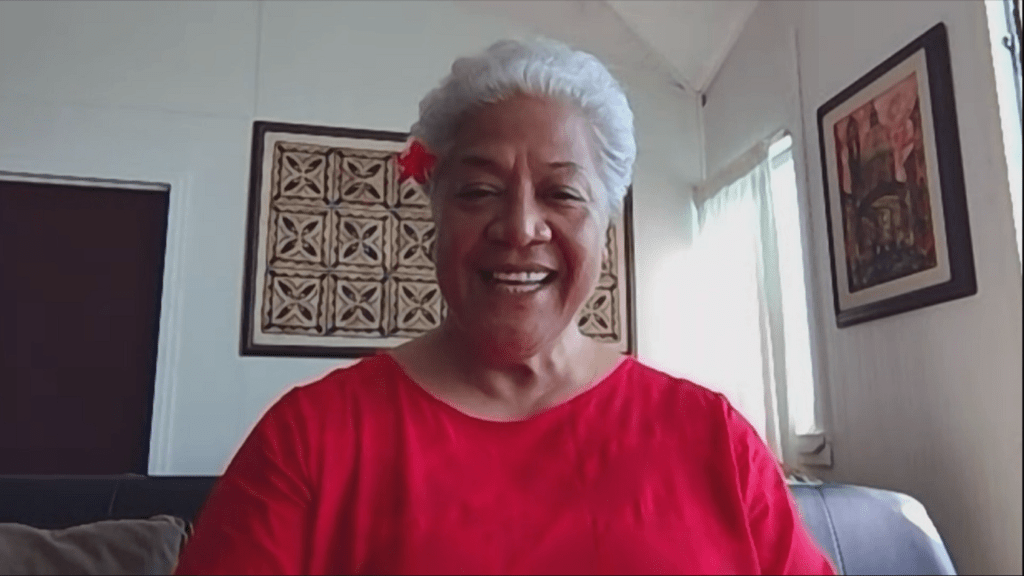Samoa may be on the cusp of electing its first female Prime Minister, as the island nation’s women-led opposition party finds itself in a dead heat with the ruling party at the general election.
After 22 years as Samoa’s Prime Minister, Tuilaepa Aiono Sailele Malielegaoi is fighting for his political life as he faces a real challenge in the form of Opposition leader Fiame Naomi Mataafa, whose party is just nine months old.
Fiame Naomi Mataafa’s party, Fa’atuatua i le Atua Samoa ua Tasi (known as FAST) has secured 25 seats in the election – the same number as the ruling Human Rights Protection Party. With 51 seats in total, 26 seats are needed to form government outright, leaving the election outcome in limbo.
Fiame has said her party is willing to negotiate a coalition deal with independent Tuala Tevaga Iosefo Ponifasio, who holds the balance of power after winning the parliament’s 51st seat.
Prior to the election, Prime Minister Tuilaepa Sailele Malielegaoi predicted his party would win 42 of the total 51 seats. After 22 years in power, he is currently the second-longest serving democratically elected leader in the world, and this election is proving to be his first real challenge.
Regardless of the eventual outcome, which may not be known for weeks and could see legal challenges, Fiame says the election has been a win for women, who have traditionally been very underrepresented in politics in the Pacific.
“I don’t think it’s just (becoming) prime minister, it’s in any field where women have trail-blazed,” she told TVNZ.
“I’ve always been conscious of the fact that I’m a role model and of course I’ve been a very strong advocate of women’s participation in politics.
“The message for women, particularly young women, is that once you open the door you can do this.”
Fiame Naomi Mataafa is the daughter of the Samoa’s first Prime Minister and she was formerly a member of the ruling Human Rights Protection Party, even serving as Deputy Prime Minister before she quit the party last year.
With 36 years in parliament under belt, Fiame was the country’s first female cabinet minister, and has a proven political record to show. She is a prominent and powerful political figure, and opposes recent changes made by Prime Minister Tuilaepa Aiono Sailele Malielegaoi, which she says have undermined the constitution and entrenched a growing authoritarianism in Samoa.
“It was really about perpetuating the status of power and remaining in power as opposed to focusing on the development agenda and what the country needed,” she said last year, after her defection from the Human Rights Protection Party.
“It was at that point, really, that I felt I couldn’t really support that kind of regime.”
With challenges likes climate change, COVID-19, gender inequality and economic development now facing Samoa, a renewed political approach with women at the helm could prove transformative.
While Fiame’s potential election could be a game-changer for women in Pacific politics, there are still structural barriers that prevent more women from entering politics, particularly at the grass roots level. In Samoa, only those with matai titles can stand for parliament, and women make up only one in ten matai. In some villages, women are banned from holding matai titles altogether.
In January, UN Women released an assessment that displayed just how underrepresented women are in politics in the Pacific region. The Pacific has the lowest level of women’s representation of any other region in the world, while three Pacific countries – Papua New Guinea, Vanuatu and Micronesia – have no women politicians.
“Women’s representation (globally) is the lowest in the Pacific island states as women hold six percent of seats, and they are not represented in parliaments in three countries,” UN Women said.

